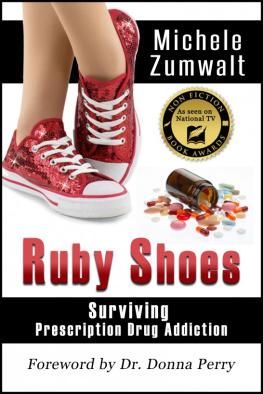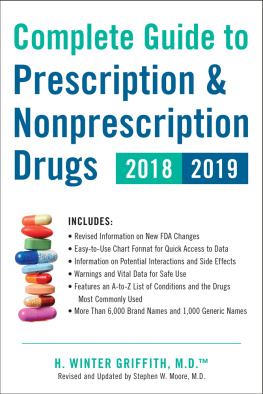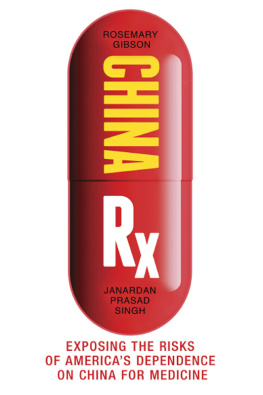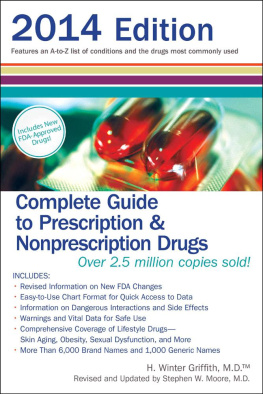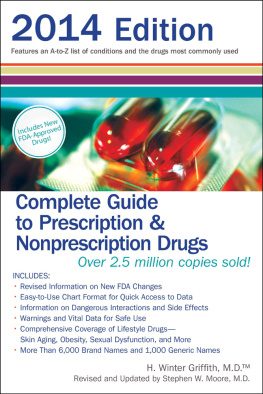Peter Kolchinsky - The Great American Drug Deal: A New Prescription for Innovative and Affordable Medicines
Here you can read online Peter Kolchinsky - The Great American Drug Deal: A New Prescription for Innovative and Affordable Medicines full text of the book (entire story) in english for free. Download pdf and epub, get meaning, cover and reviews about this ebook. year: 2020, genre: Politics. Description of the work, (preface) as well as reviews are available. Best literature library LitArk.com created for fans of good reading and offers a wide selection of genres:
Romance novel
Science fiction
Adventure
Detective
Science
History
Home and family
Prose
Art
Politics
Computer
Non-fiction
Religion
Business
Children
Humor
Choose a favorite category and find really read worthwhile books. Enjoy immersion in the world of imagination, feel the emotions of the characters or learn something new for yourself, make an fascinating discovery.

- Book:The Great American Drug Deal: A New Prescription for Innovative and Affordable Medicines
- Author:
- Genre:
- Year:2020
- Rating:3 / 5
- Favourites:Add to favourites
- Your mark:
- 60
- 1
- 2
- 3
- 4
- 5
The Great American Drug Deal: A New Prescription for Innovative and Affordable Medicines: summary, description and annotation
We offer to read an annotation, description, summary or preface (depends on what the author of the book "The Great American Drug Deal: A New Prescription for Innovative and Affordable Medicines" wrote himself). If you haven't found the necessary information about the book — write in the comments, we will try to find it.
Peter Kolchinsky: author's other books
Who wrote The Great American Drug Deal: A New Prescription for Innovative and Affordable Medicines? Find out the surname, the name of the author of the book and a list of all author's works by series.
The Great American Drug Deal: A New Prescription for Innovative and Affordable Medicines — read online for free the complete book (whole text) full work
Below is the text of the book, divided by pages. System saving the place of the last page read, allows you to conveniently read the book "The Great American Drug Deal: A New Prescription for Innovative and Affordable Medicines" online for free, without having to search again every time where you left off. Put a bookmark, and you can go to the page where you finished reading at any time.
Font size:
Interval:
Bookmark:

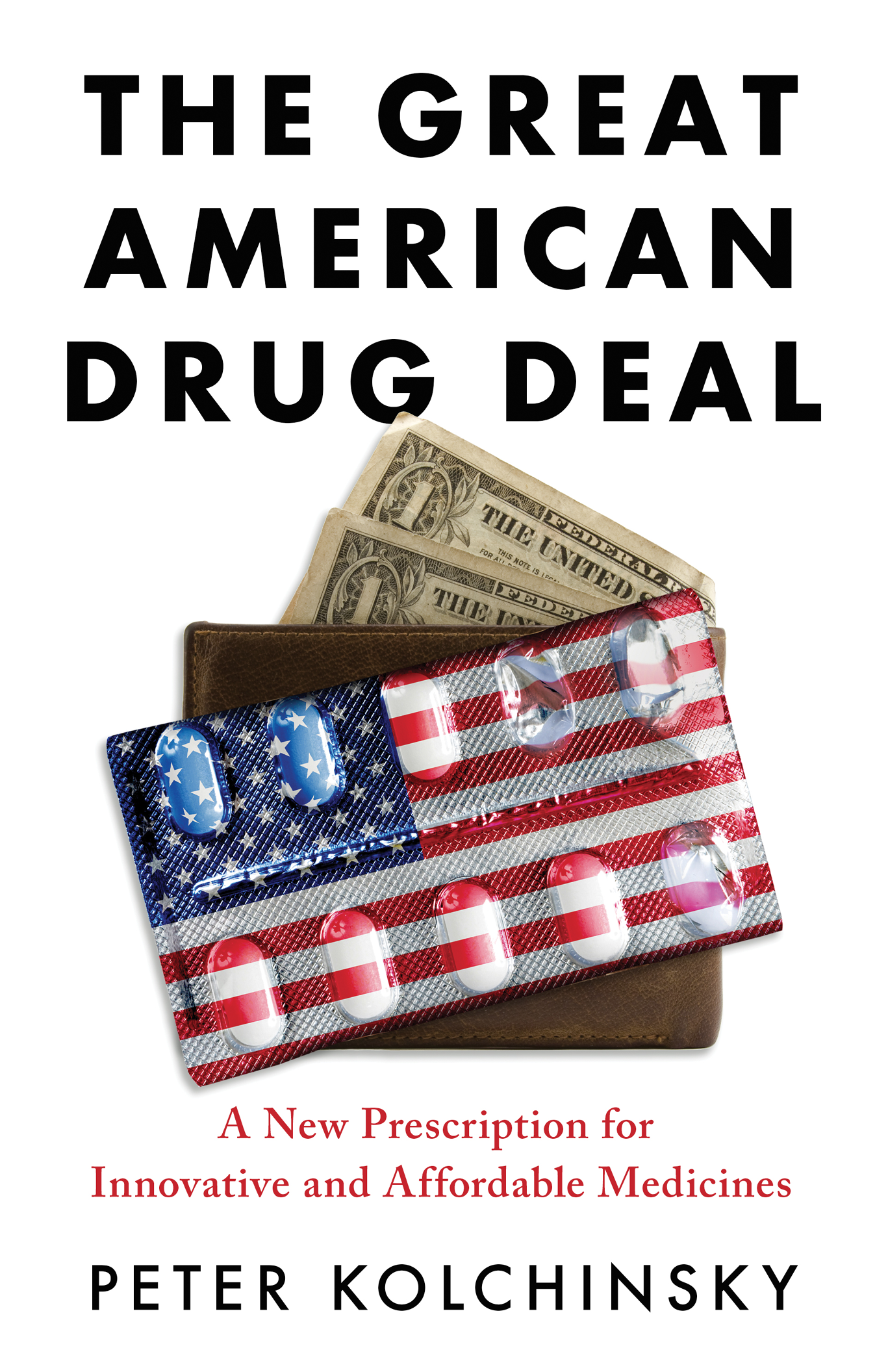
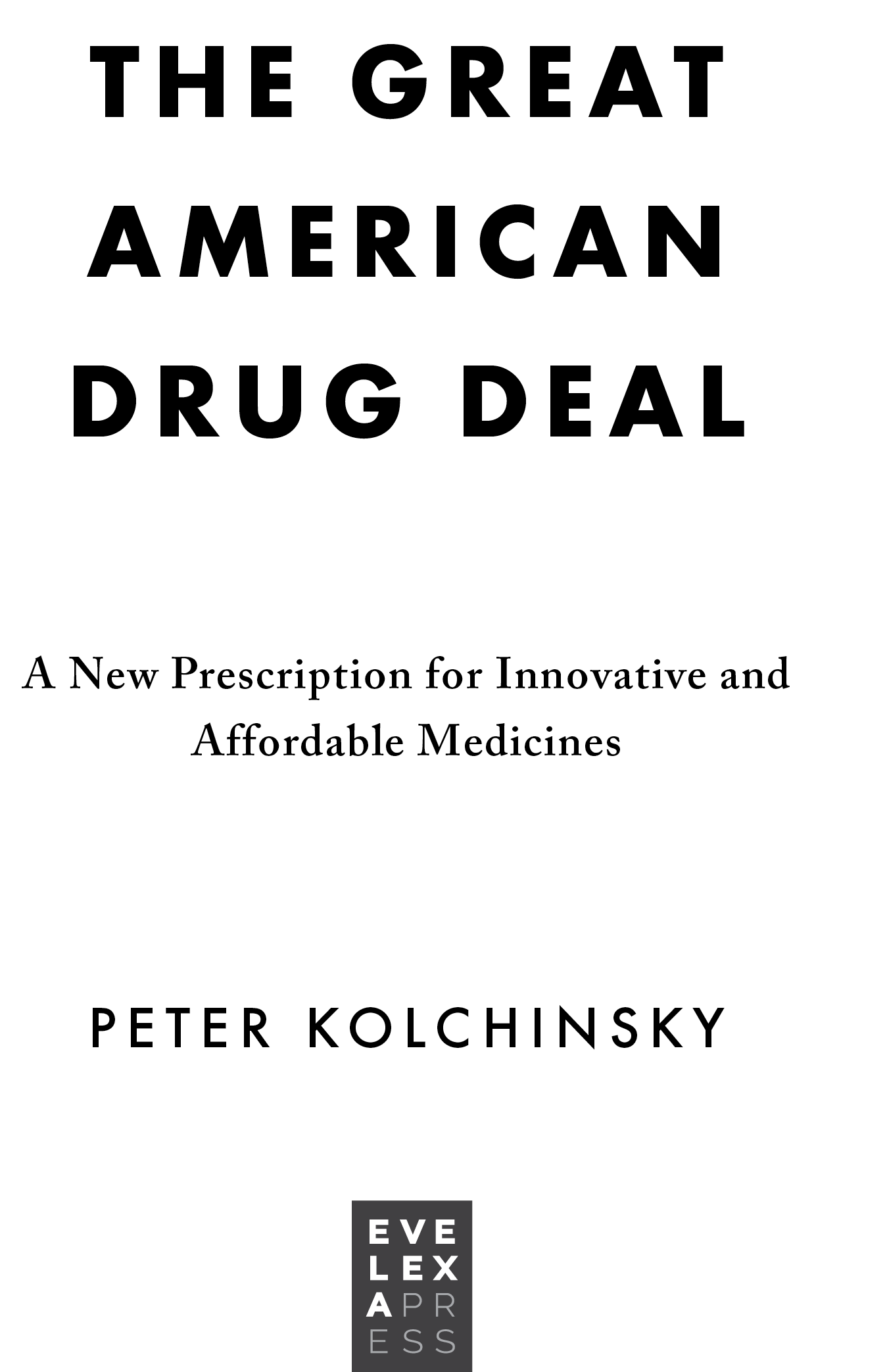
Published by Evelexa Press
Boston, Massachusetts
Copyright 2020 by Peter Kolchinsky
All rights reserved.
No part of this book may be reproduced, scanned, or distributed in any printed or electronic form without written permission from the copyright holder or a stated representative. To request permission or for information about bulk purchases, please email:
Cover design by the Book Designers
Book design by Alex Head / The Draft Lab
Cover Image: shutterstock.com
Author photo by Bryce Vickmark
Images created by Erin Clutter
ISBN: 978-1-7330589-0-2
Printed in the United States of America
For those struggling in Americas healthcare system.
We can and should do better for you.
Contents
9. P
Part 1
The Biotech Social Contract
A Worthy Cause
Of all the bones in your body, your hip might just be the worst one to break. Fracturing this vital joint can necessitate replacement surgery followed by months of slow and often excruciating recovery. For seniors, especially, it can disrupt important routines, lead to isolation from social networks, and ultimately tip the balance between good and poor health, beginning a downward spiral toward death. Still, we can only be grateful, for without surgery people would remain immobilized and racked with pain.
The procedure and tools have improved since hip replacement surgery was first performed in the 1940s, but, in essence, the method is the same: The patient is put under anesthesia, and the surgeon cuts into the skin and removes old bone, implants an artificial joint made of metal or ceramic, sews up the patient, and prescribes antibiotics and pain medication. Many patients require opioids for severe pain, which come with a risk of addiction.
Hip replacement surgery costs around $40,000 (not counting any extended nursing or rehabilitation, which is often needed), Not only will the number of hip replacements double again in the next couple of decades, but the costs likely will too. Todays $16 billion in hip replacement spending could become $50 billion in the next several decades. As things stand, hip replacement surgery and the associated inconvenience, pain, and growing costs are our future, our childrens future, and our grandchildren s future.
And yet scientists know a lot about how bones work, how they become weaker, and how they can be strengthened. For decades, scientists have been testing molecules to determine how to reverse bone loss to prevent fractures. Because of the high cost of making new drugsfar more than an academic laboratory can affordresearchers and investors have created and funded companies to develop some of these molecules into medicines that prevent bone damage, with some success, particularly for patients with osteoporosis and rheumatoid arthritis. If not for these breakthroughs, the rate of hip replacement surgery would be even higher th an it is.
Now imagine that later this year, a company comes out with a drug that strengthens bones so effectively that a persons risk of fracturing their hip is cut in half. This drug would spare 200,000 Americans the agony and impairment of hip replacement surgery and save society $8 billion. After a couple of decades, with the cost of surgery over $60,000 and twice as many people at risk of fracture, society would be saving closer to $25 billion per year. Tens of millions of peopleour grandchildren and their childrenwould live longer, fuller lives, thanks to this mira cle drug.
Whats that worth to America? Such a drug would be one of the highest-selling medicines ever, pulling in many billions in US sales and much more on a global basis until its patent expireda jackpot for the company and a boon for humankind. As inexpensive generic versions of that drug continued to keep the rate of hip surgeries down for the rest of time, the savings to society would likely reach trillions of dollars. Yet down the road, no one would talk about the cost of that common, affordable bone-building drug. It would be a gift from a long-forgotten era, paid for by a long-forgotten generation, like all of our generic dr ugs today.
When I was a student, history was a difficult subject for me, as my youthful ignorance blinded me to the lessons I needed to draw from the past. I preferred science because each discovery seemed to fit neatly into an interlocking, logical framework, and whatever didnt make sense held a secret to be discovered through experimentation. Science promises to operate on the basis of true and false, black and white, which can feel the same to a teenager as right and wrong. History is comparative ly messy.
When I was a teenager, my father suggested that biotechnology would change the world for the better, setting me on the path Ive been on ever since. I trained as a virologist, partly because I thought viruses were fascinating, but mostly to learn the language and methods of science that would allow me to distinguish between data I could trust and data that would mislead me. Around the time the human genome project was nearing its stunning conclusion, I joined the biotechnology industry to help scientists turn their breakthroughs into novel medicines and dia gnostics.
As a biotechnology investor, Im on the receiving end of a fire hose of knowledge. Our office buzzes with excitement as we learn about creative ideas for combatting diseases with chemicals, antibodies, and cutting-edge technologies such as gene therapies and antisense oligonucleotides. My team is accountable to our investors, and the biotechnology companies in which we invest are accountable to us and their other shareholders, yet really all of us are accountable to the patients who our products must ultimately serve for any of our work t o matter.
Since 2002, Ive observed and participated in the evolution of the biotechnology industry. Ive seen ideas that existed only in patents and small companies slide decks become marketed drugs that cured millions of people of hepatitis C, saved the lives of children born with spinal muscular atrophy, and helped patients with cancer survive their diagnoses. And Ive witnessed thousands of other ideas collapse under the weight of all we dont yet know about disease. But each success remains a permanent step forward. Weve made the present healthier than the past, and the future will be bet ter still.
For too long my utopian view of the biotechnology industry omitted the perspective of patients who couldnt afford their medications. Ill confess that for many years their plight was more of an abstract problem for my team and other investors. When considering how many patients might someday benefit from a new drug, we would assume that the total would be less than 100% of those who needed it, shaving down the percentage out of deference to what we simply saw as unfortunate realities. Not all patients would even know they had the disease that the drug was meant to treat. Not all patients who suspected they had this disease would consult their physicians. Not all physicians would know the drug existed or think to prescribe it. Even when it was prescribed, not all patients would fill their prescriptions, maybe because they couldnt be bothered or because their insurance wouldnt cover the drug. Even if their insurance covered the drug, the copayment might be too high for the patient to afford. And even once a patient started taking the medication, they might not continue taking it, either because they didnt think it was working for them or due to side effects, or, again, because the copayments became overwhelming. When the law permits, drug companies usually offer to help pay these copayments, and yet some patients still go without, perhaps because they do not realize they are eligible for copayment assistance or even can get drugs for free.
Font size:
Interval:
Bookmark:
Similar books «The Great American Drug Deal: A New Prescription for Innovative and Affordable Medicines»
Look at similar books to The Great American Drug Deal: A New Prescription for Innovative and Affordable Medicines. We have selected literature similar in name and meaning in the hope of providing readers with more options to find new, interesting, not yet read works.
Discussion, reviews of the book The Great American Drug Deal: A New Prescription for Innovative and Affordable Medicines and just readers' own opinions. Leave your comments, write what you think about the work, its meaning or the main characters. Specify what exactly you liked and what you didn't like, and why you think so.

